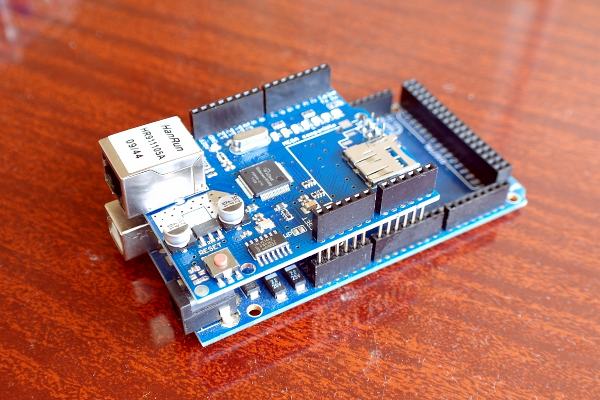Barom 58 Panel
Materials and tools
The choice of materials for a home-made cockpit seemed quite limited. Mostly it was rigid foam PVC sheets from 1mm up to 15mm thick, wood and plywood, plexiglas, some aluminium, all kinds of plastic items, handles and caps of the appropriate form and dimentions.
Wood, plywood.
5mm plywood used for the base of the instrument panel and the bottom control panel, plywood of different thickness and wooden slats used in the structure.
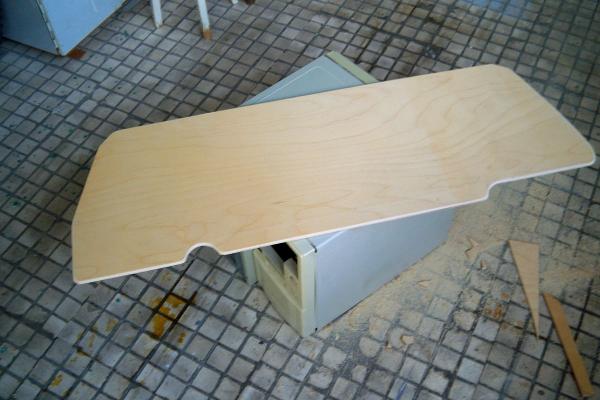
Rigid foam PVC
PVC sheets is a very convinient material to work on, easy to cut and polish, good for coloring by spray.
Sheets of 4-5mm PVC are used to make cover plates for the lower panel, 2-mm PVC used for left and right cover plates on the main instruments and radio panel. The face plates for radio panel instruments (transpoder, GPS, audio panel and Com / Nav, HSI, altitude selector, DME, etc. ) are made from PVC of 1 to 5 mm thickness. Thicker PVC (5-10 mm) was successfully used to make such rigid structures as the landing gear lever and flaps handle.
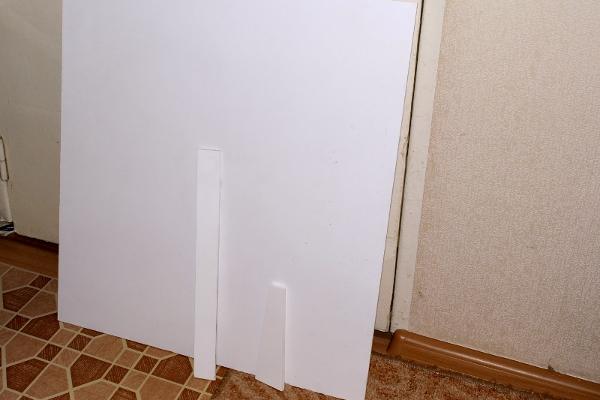

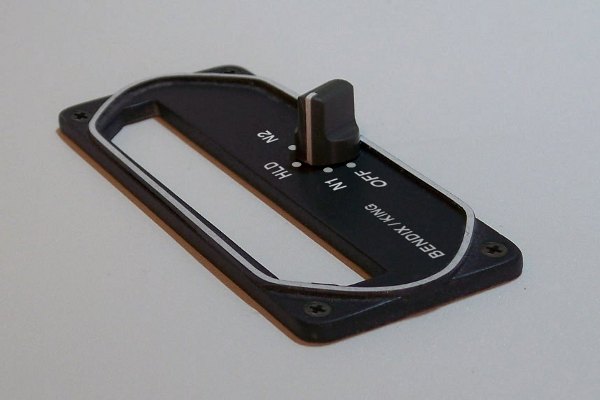
Spray Paints.
DAP Touch'n tone - "Appliance White" - perfect color for the main instruments panel of the Baron.
Acrylic paints MOTiP # 4075 - ideal for painting the bottom control panel, and all of the instruments facing (#4074 - too light, #4076 - dark). Plus a few other colors (red, white, "white smoke")

Plexiglass
1-mm plexi used for gauges glass, 3 mm - for GPS glass
Round glass can be cut by compasses, putting the needle on the piece of plastic glued on the center of glass through double-sided tape. One minute of scratching then the glass cracks off by contour.
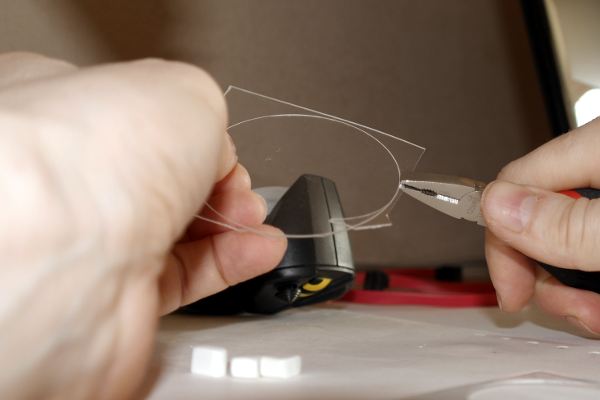
Plexiglass, dark-red
3-mm red plexi was used for all instruments of radio panel, for the altitude selector and DME KDI-672. Glass of instruments looks almost black, while through them clearly visible bright red numbers.
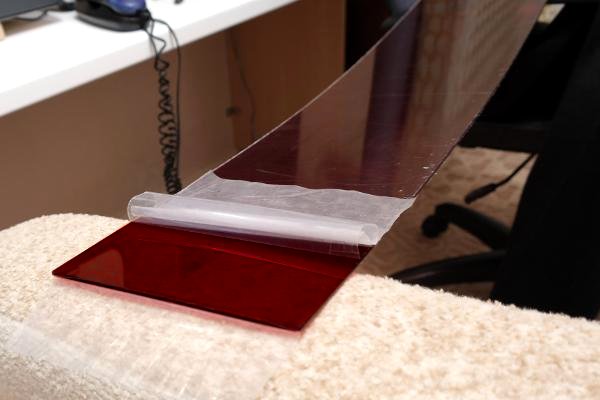
Baby toys...

Baby rattle plastic balls of suitable diameter for making elements of vent system ... and this is the result (see more in the relevant section of the process description).


Funnels!

Not toys, but very useful anyway. Funny, but the outer diameter of these funnels is identical to the standard instruments bezel diameter, and the rim edge reproduces the shape of a real instrument very well ... here they are... former funnels.
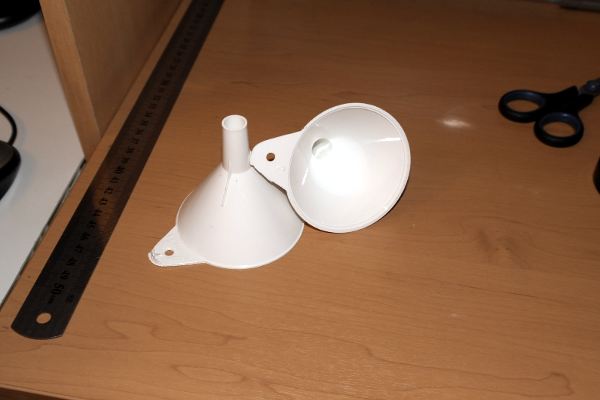
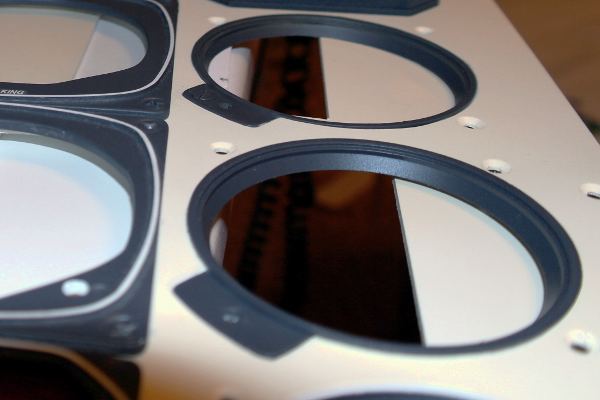
Along with "super glue",
a hot glue gun
is a very useful tool for joining various materials , fixing wires, glass, PVC parts.
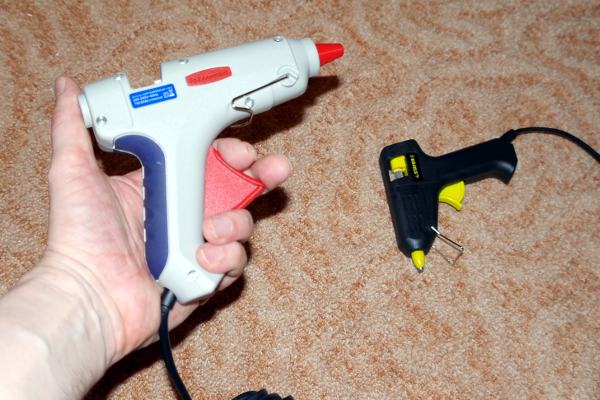
Rotary Encoders
Mice have become a valuable source of cheap little encoders that fit well in a 5-mm thick panels. Here are two mouse encoders next to the standard one. "Big" encoders are installed in the radio panel instruments, small ones - in the left panel. The LCD screen is placed just behind the panel and these thin encoders are well placed here.

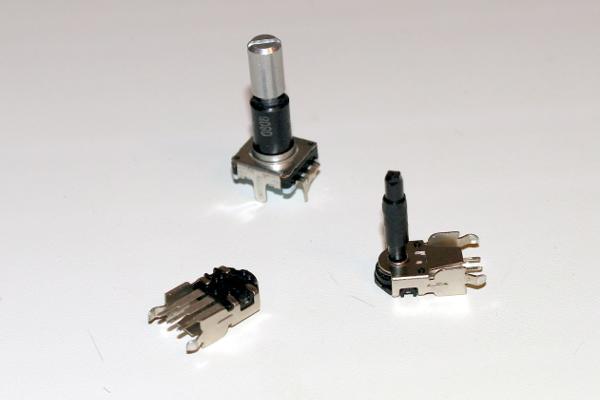
Electronic components
Bunch of electronic components - wires, flat cables, integral circuits ( 16 octal bus transceivers, one Decoder 1-of-16, three shift/latch registers), LEDs for indication, a lot of small buttons and toggle switches, servos for the "live" instruments.

Arduino and Ethernet Shield
The "brain" of the whole system - the Arduino board with Ethernet Shield attached.
